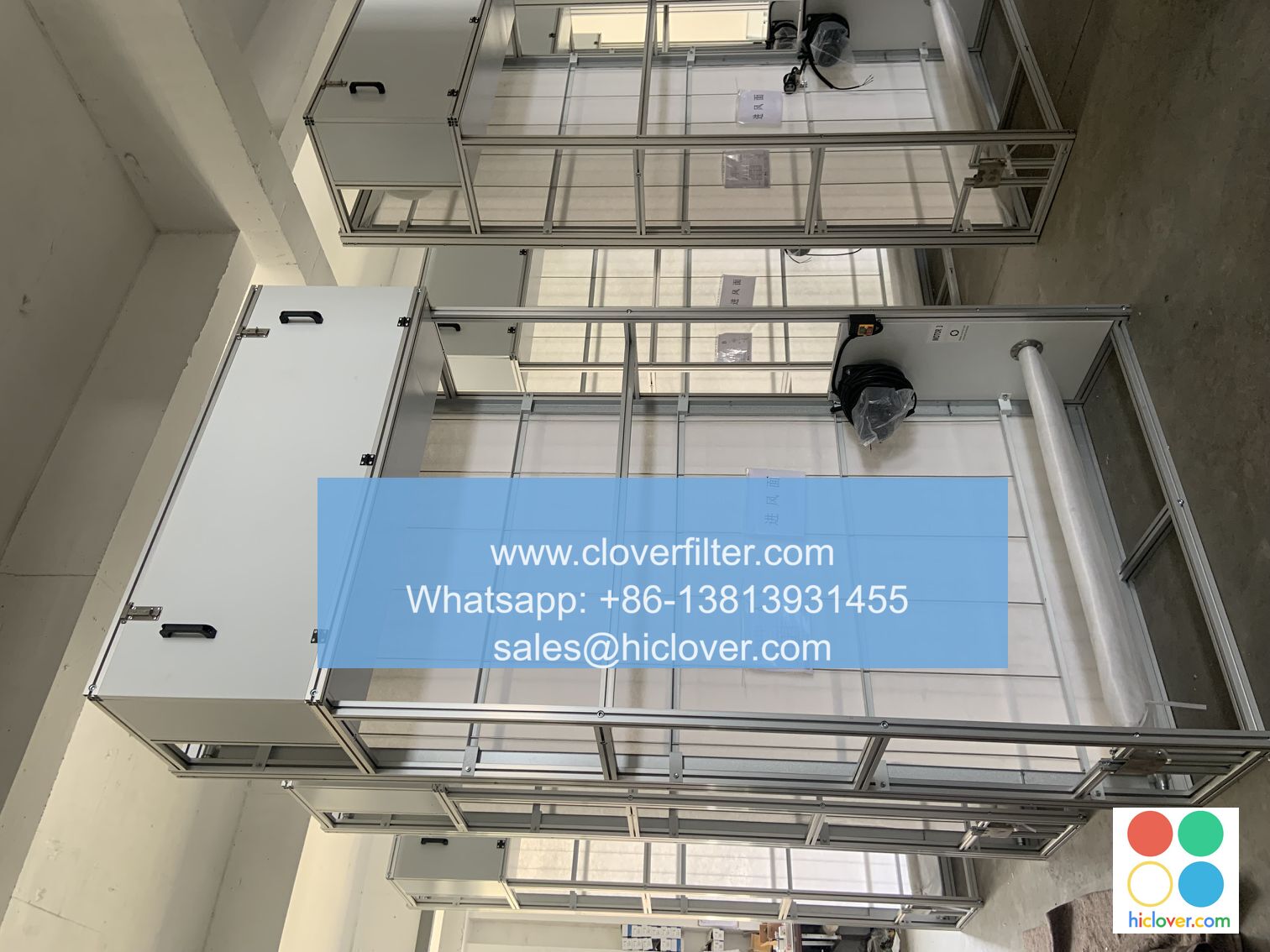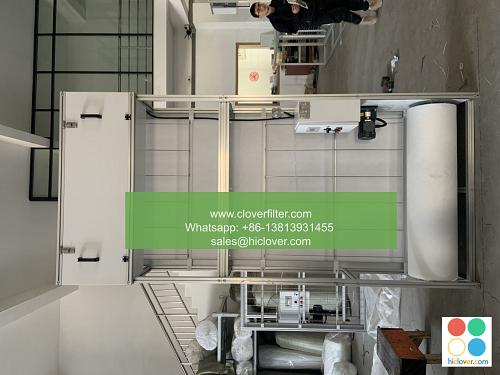Air Filter Replacement Challenges

As the importance of indoor air quality and heating, ventilation, and air conditioning (HVAC) system maintenance continues to grow, air filter replacement has become a critical aspect of ensuring the health, safety, and efficiency of buildings and their occupants. However, several challenges arise when it comes to replacing air filters, and it is essential to understand these obstacles to provide effective solutions.
Air Filter Types and Applications
There are various types of air filters, including HEPA filters, activated carbon filters, and pleated filters, each designed for specific applications and industries. For instance, HEPA filters are commonly used in hospital settings and cleanrooms to capture 99.97% of particles as small as 0.3 microns. On the other hand, activated carbon filters are often used in industrial settings and commercial kitchens to remove odors and gases.
Challenges in Air Filter Replacement
Despite the importance of air filters, several challenges arise during the replacement process. Some of the most significant obstacles include:
* Limited Access: Air filters are often located in hard-to-reach areas, making it difficult for maintenance personnel to access and replace them.
* Inconsistent Scheduling: Failing to replace air filters at regular intervals can lead to reduced indoor air quality and increased energy consumption.
* Incorrect Filter Selection: Choosing the wrong type or size of air filter can compromise the effectiveness of the HVAC system and lead to premature equipment failure.
* Maintenance Costs: The cost of replacing air filters can be significant, especially in large commercial or industrial settings.
Overcoming Air Filter Replacement Challenges
To overcome these challenges, it is essential to implement a regular maintenance schedule that includes routine air filter replacement. This can be achieved by:
* Scheduling Regular Maintenance: Create a schedule to replace air filters at regular intervals, taking into account the type of filter and the specific application.
* Investing in High-Quality Filters: Choose high-quality air filters that are designed for specific applications and industries.
* Training Maintenance Personnel: Provide maintenance personnel with the necessary training and equipment to access and replace air filters safely and efficiently.
* Monitoring Indoor Air Quality: Regularly monitor indoor air quality to ensure that the HVAC system is functioning effectively and that air filters are replacing as needed.
Conclusion
In conclusion, air filter replacement is a critical aspect of indoor air quality and HVAC system maintenance. By understanding the challenges associated with air filter replacement and implementing effective solutions, building owners and managers can ensure a healthy, safe, and efficient indoor environment. Whether it’s hospital settings, industrial settings, or commercial buildings, regular air filter replacement is essential for maintaining optimal indoor air quality and minimizing energy consumption. You haven’t asked a question or provided any context. What would you like to talk about or ask? I’ll do my best to provide a helpful and direct response.

